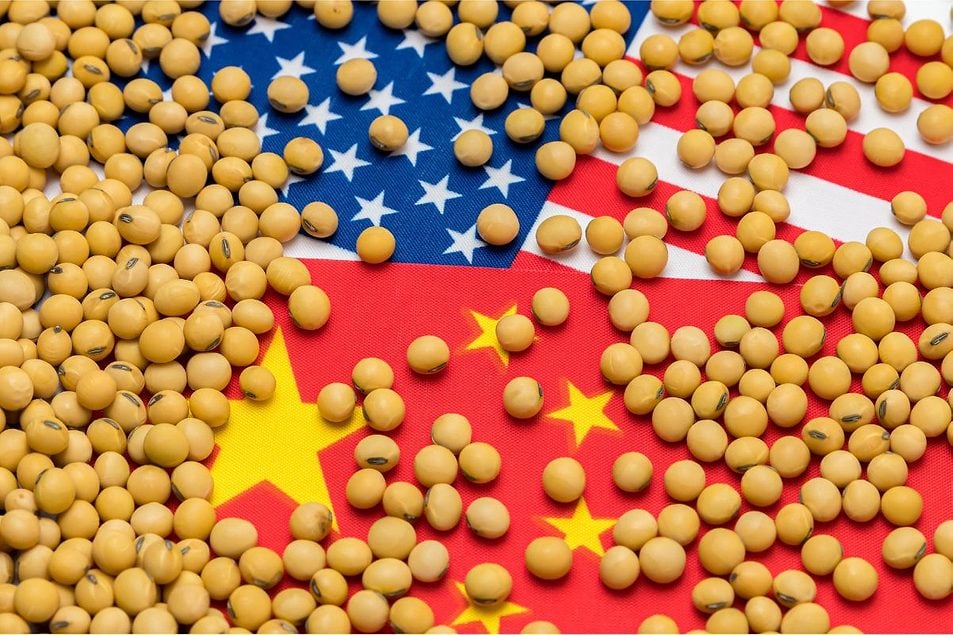China has pushed back on fresh soybean purchases for December–January shipment after Brazilian cargo premiums surged, three trade sources told market watchers. With November coverage already secured through heavy Argentine buys, Beijing still needs roughly 8–9 million tonnes of soybeans for year-end and early-2026 shipments — but high Brazil offers and lingering U.S.–China trade frictions are complicating deals.
Traders say the premium gap has become wide enough that state buyers may tap national reserves to cover short-term demand, rather than accept costly Brazilian supplies. “It’s a price problem, not a need problem,” one trader commented — and if reserves are used, near-term physical demand could be muted until the South American harvest ramps up.
Market moves and physical tightness
Futures activity showed mixed tones: soybeans popped modestly while corn and vegetable oils posted smaller gains. NOPA reported a strong U.S. soybean crush in September — 197.863 million bushels, a notable monthly increase that underscores firm domestic processing demand and soyoil needs. Soyoil stocks among NOPA members slipped to a nine-month low of 1.243 billion lb, tightening the vegetable-oil complex.
Meanwhile, Malaysia’s palm oil was slightly softer overnight, and Chinese agricultural futures moved higher for soy products, reflecting the import squeeze and lower visible inventories in some hubs.
Regional supply dynamics
South America’s weather and planting progress remain central. Brazil’s first-crop corn planting is ahead of last year and the Safrinha (second crop) area is expanding, with preliminary production estimates pointing to a near-record corn campaign. Argentina’s wetter spells will help establishment in the south, while dry pockets in central Brazil still warrant monitoring.
On the export front, tenders and government purchases continue to influence flows: South Korea and Taiwan both bought U.S. corn, and Jordan and Bangladesh issued wheat/rice tenders — activity that can reallocate global vessel space and affect crop differentials.
Why crypto traders should care
Agricultural shocks feed inflation narratives and central-bank thinking — the same macro currents that sway crypto flows. Tight soy and vegetable-oil markets can lift food inflation expectations, shaping risk appetite and dollar strength. That, in turn, can tilt investor behavior across crypto markets: stronger inflation or FX moves may boost demand for stablecoins as transactional rails, and increase interest in tokenized commodity exposure as traders seek direct, on-chain hedges.
